"We don't produce enough to have the whole market covered, but the imports have been steadily decreasing thanks to Norwegians' appreciation for local produce," says Kåre Wiig, Chief Executive Officer at Miljøgartneriet, a seven-hectare greenhouse in Nærbø, Norway.

Simon Hansen, Tommy Høyland, and Kåre Wiig pictured at the facility
Producing 2.200 tons of tomatoes per year, Miljøgartneriet produces 16% of the greenhouse tomatoes in Norway. The greenhouse also produces 1.000 tons of cucumbers and 139 tons of sweet peppers each year. The products are mostly sold through BAMA and Coop stores.
Miljøgartneriet frequently trials novel crops including hot peppers, watermelons, and eggplant. The greenhouse has been producing eggplants for three seasons, making it one of few greenhouses to capitalize on the massive increase in eggplant popularity partly due to its adaptability in vegetarian dishes.
"We focus a lot on trialing new crops that are easy to produce but for which there is less competition on the market," says Tommy Høyland, Market Manager at Miljøgartneriet.
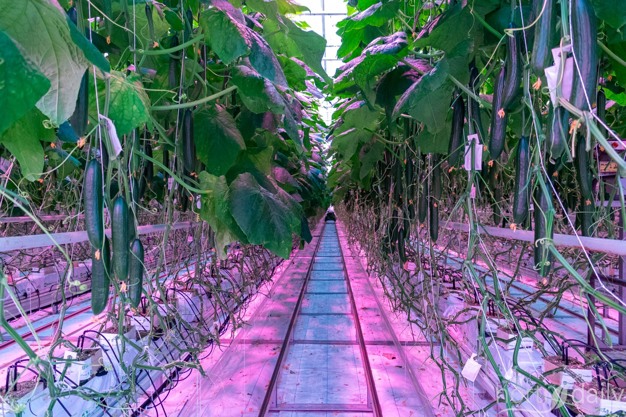
On the tomato side of things, Miljøgartneriet currently grows one rugose-resistant variety and another with moderate resistance to the virus but no difference in yield and taste. As head grower Simon Hansen explains, resistant varieties often exhibit other less desirable traits in terms of shelf life, shape, yield and plant physiology. Thanks to the greenhouse's distance from other tomato-producing regions and rigorous on-site testing, the greenhouse has been able to skirt rugose through good hygiene and preventative measures.
"We have a testing plot where we trial different varieties. Here, we need a more balanced plant whereas a grower in Morocco would need a more vegetative variety," says Simon. "Seed breeders have come a long way but for rugose resistance, there are still lots of differences with our usual varieties so we are focusing on prevention."
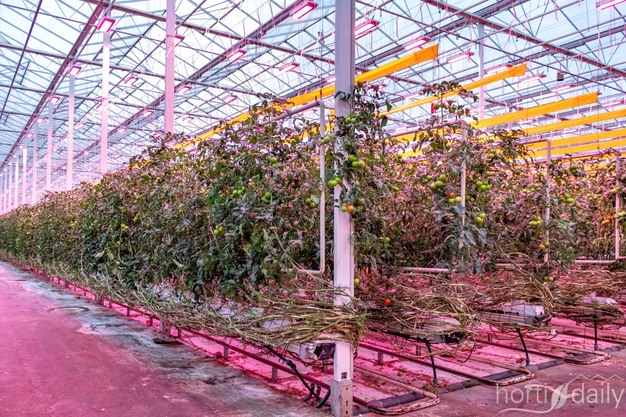
Alternative heat sources add to circularity
Miljøgartneriet strives to be as environmentally friendly as possible, often implementing new technologies to improve energy and resource efficiency. A beautiful example of this is the greenhouse's partnership with the neighboring dairy producer, Tine Meieriet Jæren. They supply hot water and carbon dioxide to the greenhouse, allowing Miljøgartneriet to reduce greenhouse gas emissions by roughly 5.600 tons per year compared to a conventional greenhouse.
With its double-piping system, Miljøgartneriet can receive water at 55 degrees Celsius from the dairy operator and return it at 25 degrees Celsius, which can then be used to cool the electric heating pumps at the Tine Meieriet Jæren.
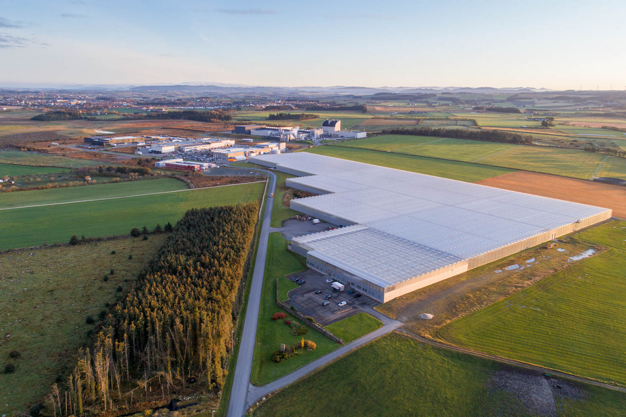 Helicopter view from the facility
Helicopter view from the facility
Additional measures of increasing efficiency include energy screens, biogas generation and further collaboration with high-heat producing industries like data centers. Despite the hype around greenhouse robotics, Miljøgartneriet is waiting for better results, faster speeds and increased accuracy before investing.
"The best technology of today might look old-fashioned in five years and we are definitely hopeful for what the future holds, but margins are so low at the moment that growers are afraid to invest," says Simon. "When I started growing tomatoes, we didn't have computers like this. But look at the industry now."
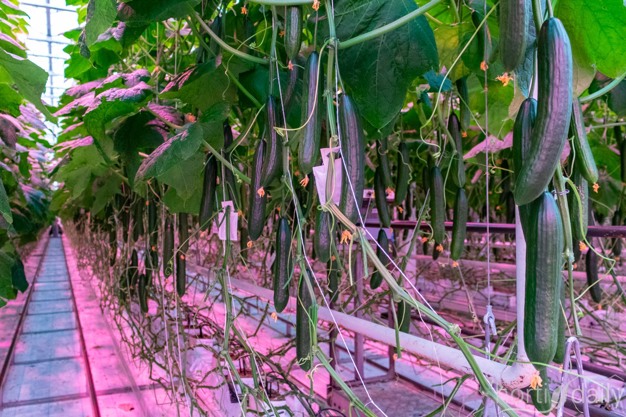
Market prices balanced through growers' efforts
As Kåre explains, tomato and cucumber producers meet weekly under the auspices of the Green Producers' Cooperative Council (GPS) to discuss the local supply and determine a price to be presented to retailers, such as BAMA. While local grocery chains want to support Norwegian production, we meet fierce competition from imported goods.
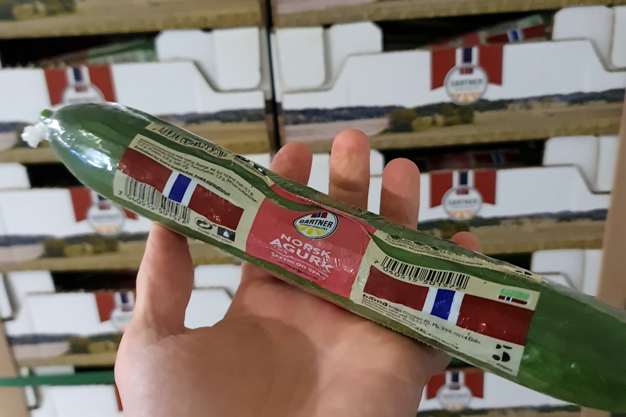 Miljøgartneriet's cucumbers carrying a Norwegian flag
Miljøgartneriet's cucumbers carrying a Norwegian flag
GPS is an association for producers of potatoes, vegetables, fruit and berries. The purpose of GPS is to influence producer collaboration across wholesale affiliation/industry affiliation. There is collaboration on market adaptation and price recommendations for Norwegian potatoes, vegetables, fruit and berries.
The aim is to secure the producers' finances and contribute to the most equal conditions of competition in the green market. The most important means GPS has at its disposal to achieve its goals is unity between producers, so that the producers' common interests are well looked after. Through its own regulations, the partnership GPS represents is exempt from Sections 10 and 11 of the Competition Act. GPS also has specific tasks within the scope of the agricultural agreement.
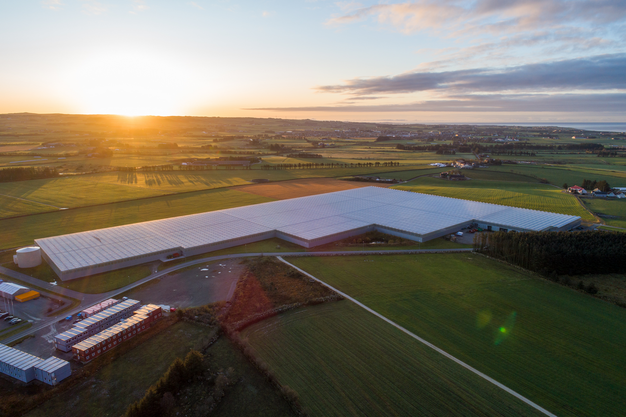
"We try to balance the market and have done so very successfully for cucumbers and consumers prefer Norwegian-grown cucumbers. This is a little more challenging for tomatoes, as price is the winner and the low import fees make it cheaper to buy imported produce," Kåre explains.
This is especially challenging during the winter months, where the cold weather and low light levels drive up operation costs. But above all, Miljøgartneriet notes that the biggest challenge facing the Norwegian greenhouse industry is labor as it is becoming increasingly difficult to find workers from the European Union. Greenhouses are now looking to Asia for greenhouse labor, but there is still a high turnover rate which results in a high number of untrained staff in the greenhouse. "If anything will push the need for robotics quickly, it is the cost of labor and difficulty getting workers," says Kåre.
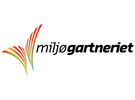
For more information:
Miljøgartneriet
Kåre Wiig, CEO
https://miljogartneriet.no
